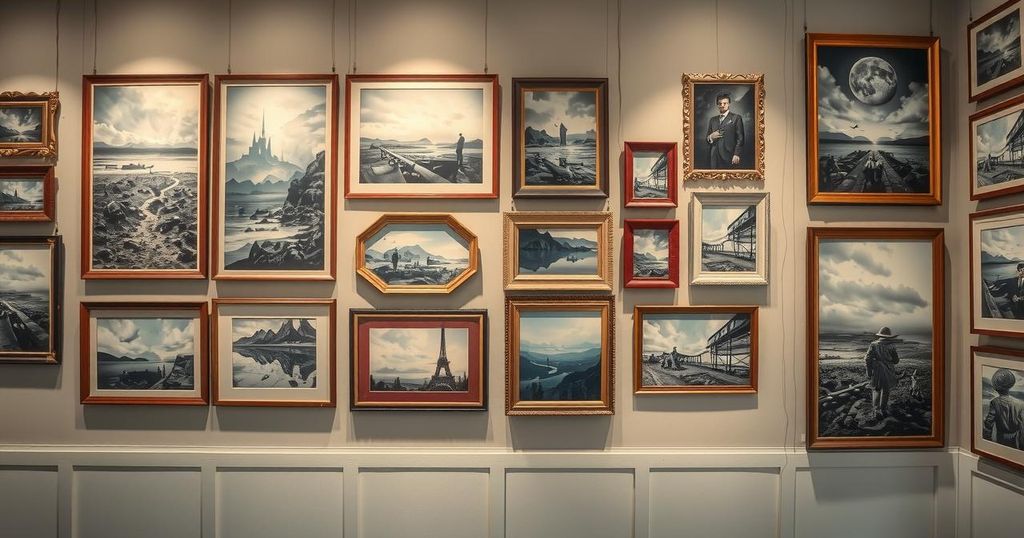The UK’s largest retrospective of Lee Miller is set for Tate Britain this autumn, showcasing her entire career including surrealism, war photography, and lesser-known works. Spanning from 2 October 2025 to 15 February 2026, the exhibition features around 250 prints, some previously unseen.
The Tate Britain is set to host the UK’s largest retrospective of Lee Miller, the iconic American photographer. This exhibition, scheduled for autumn, will encompass her entire career—from her role in French surrealism to her impactful fashion and war photography. Experts say it’s a chance to delve into lesser-known aspects of her work, including a stunning collection of 1930s Egyptian landscapes.
Expect around 250 prints on display, both vintage and modern. Some works have never been seen before, with Tate highlighting Miller’s “poetic vision and fearless spirit”. Born in 1907 in Poughkeepsie, New York, her photography journey took flight after she modelled for well-regarded photographers like Cecil Beaton and Edward Steichen in the late 1920s.
In 1929, Miller moved to Paris, where she became entwined with artist Man Ray. Their collaboration led to the discovery of solarisation—a technique that produces striking halo effects using light. During the early 1930s, Miller’s innovative approach transformed everyday scenes in Paris into surreal artworks, capturing iconic sights through unique angles and reflections.
With the onset of World War II, Miller relocated to London and pivoted to photojournalism, becoming British Vogue’s official war photographer, one of the few women accredited in such a role. Her work captured the devastation of blitz-torn London; pieces like “You will not lunch in Charlotte Street today” (1940) and “Fire Masks” (1941) poignantly showcase the absurdity of life during wartime.
The exhibition will also highlight Miller’s work depicting women’s roles on the home front, scenes from battle, and her time documenting the liberation of Paris. Works from her visits to Buchenwald and Dachau will be displayed alongside her first-person essays published in Vogue, providing context and depth to her experiences.
Among the standout images are Miller and David E Scherman’s portraits in Hitler’s bath in April 1945, taken shortly after their visit to Dachau. Considered among the most remarkable images of the 20th century, these portraits show Miller’s boots still caked in mud— a powerful juxtaposition against the backdrop of Hitler’s ostentatious bathroom.
Miller’s influence has permeated various forms of media, seen in the 2005 musical “Six Pictures of Lee Miller” and more recently in the 2023 film “Lee,” starring Kate Winslet. Additionally, the character played by Kirsten Dunst in the upcoming film “Civil War” draws inspiration from Miller, showcasing her enduring legacy.
Set your calendars; the exhibition runs from 2 October 2025 until 15 February 2026, promising a comprehensive view of an artist who bravely pushed boundaries and challenged perceptions throughout her career.
Lee Miller’s forthcoming retrospective at Tate Britain stands as a significant tribute to her diverse and impactful body of work. From her fashion and surrealist roots to her powerful wartime photography, the exhibition reveals the complexities of her artistry and life. With a wide array of never-before-seen prints and relevant essays, it promises to highlight Miller’s enduring influence on modern photography and art.
Original Source: www.theguardian.com







